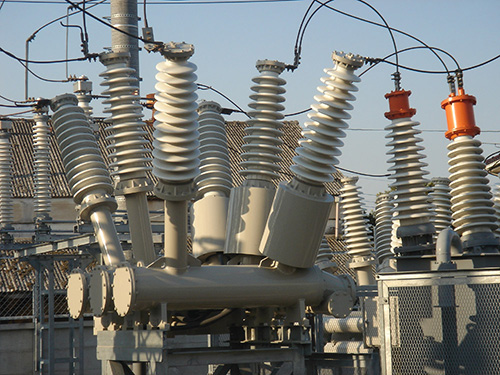Climate Change And Energy

Overview
In Hong Kong, energy production which includes electricity and gas, is the largest source of local greenhouse gas (GHG) emissions, accounting for about 67% of the total emissions in 2008.
To tackle the adverse effects of climate change, reducing GHG emissions from the supply and demand of energy is of paramount importance.
Ways to tackle carbon emissions
a) On the Supply Side – to use a more efficient fuel mix in electricity generation and to ensure the generation, transmission and distribution of electricity is conducted more efficiently.
b) On the Demand Side – to reduce the energy demand of end-users and to encourage users to use less electricity during peak hours.
Supply Side Management
Supply Side Management refers to the aim of using less coal in electricity production by using cleaner fuels, such as natural gas and renewable energy.
The fuel mix varies from country to country depending on the local context. For example, it will depend on the amount of coal reserves in the country and on its geographical features.
Hong Kong’s Fuel Mix in 2009:
- Coal: 54%
- Natural Gas: 23%
- Nuclear: 23%
The cost implication brought by changing the fuel mix remains a matter of concern in the society. According to a consultant report commissioned by the Hong Kong government, the unit cost of electricity produced by wind energy is 250% higher than that of coal, while the unit cost of electricity from natural gas is 80% higher than coal in HK. This implies that consumers will have to pay more in electricity tariffs if power generation shifts from fossil fuels to cleaner energy.
Demand Side Management
Energy Efficiency and Energy Conservation are important measures of Demand Side Management (DSM). For a densely populated city such as Hong Kong, DSM is a faster and more cost-effective way to combat climate change. Typical examples of DSM measures include upgrading the energy efficiency standard of building through the building energy code (BEC) and expanding the coverage of energy-efficient electricial appliances through an energy efficiency labeling scheme. Energy users can reduce their energy consumption by adopting these demand side measures.

What’s wrong with Hong Kong?
1) No absolute energy reduction target – Hong Kong lags behind other countries in setting a city energy reduction target. For example, U.K has pledged to reduce 9% of its energy consumption by 2016. The HK government announced an energy intensity reduction target in 2007 in line with its APEC commitment. The target measures Hong Kong’s reduction in its energy consumption per GDP unit, which is more suitable for developing countries and cities instead of a developed city such as Hong Kong.
2) The Electricity Market Tariff System in HK does not favor energy saving – The current Scheme of Control Agreement (SCA), a regulatory framework between the government and power companies, allows the power companies to earn revenue based on their asset values, such as from building more power plants.
The main reason for having SCA is to provide more incentives for the power companies to provide electricity to Hong Kong.This was of great importance to Hong Kong during their early development stage in 1960s to1970s. However, its current status as a developed city, should compel Hong Kong to follow worldwide trends, encourage energy savings and carry out a comprehensive review of the SCA.
EMSD electricity consumption figure:
– Electricity Consumption by Commercial sector surged 28% over the last ten years from 2000 to 2010
– Electricity Consumption by Residential sector surged 22% over the last ten years from 2000 to 2010.
WGO believes Hong Kong has a big opportunity to increase its energy saving.
1) The WGO proposes that Hong Kong government should set a city-wide energy saving target to encourage all sectors in Hong Kong to save energy.
2) Promote a city-wide energy saving campaign
3) Urge the government to upgrade the energy efficiency standard of the Building Energy Code (BEC)
4) Engage various sectors in reivewing the Scheme of Control Agreement (SCA)and electricity tariff systems
WGO also supports the use of renewable energy to reduce carbon emissions.
WGO’s projects:
– Electricity Tariff research and study
– Research into the cost-effectiveness of building sub-power stations
– Cross border renewable energy research
